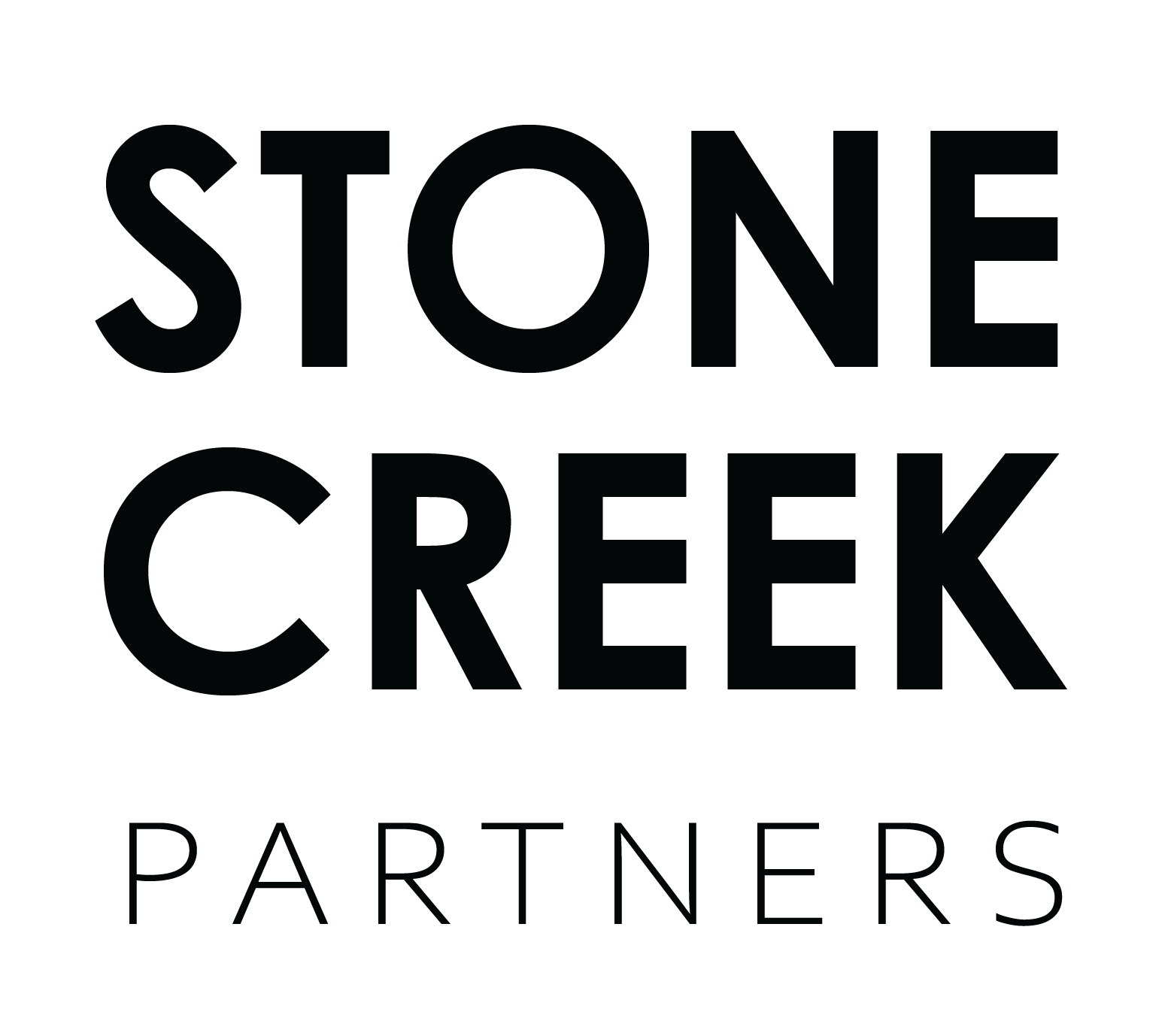The concept of mixed-use “urban village” development has become widely popular with developers, local municipal planners, and consumers alike. These places are viewed as a way of activating urban areas (whether cities or suburbs) with increased pedestrian and gathering opportunities, a way to create a real sense of community. There is an implied density of surrounding areas that support these urban villages.
It is helpful to note that mixed-use can refer to both horizontal as well as the vertical integration of land uses and building types. Offices, residential, or lodging over retail shops can provide an active pedestrian environment at street level. But that can also be integrated with small footprint multi-story pads, where a hotel or residence and related common areas may be at street level with the same building use in the several floors above. Varying the method of mixed-use can provide the “built over time” and “not from one hand” organizing approach (and architecture) that consumers enjoy.
In a couple decades starting in the 1970’s, an early version of such places were the “town centers” included in so many large-scale master-planned communities. These suburban and sometimes exurban projects were oftentimes rather soulless and the same for the town centers developed there. Few of the town centers developed around the U.S. featured full mixed-use integration of residential, retail, entertainment, offices, lodging, and/or restaurants.
